
Taizo Son
In Singapore, in Israel, in Shenzhen, China, and in Paris, France... All around the world, they are mimicking the model of Silicon Valley while building unique frameworks to generate new businesses and industries. Of course, the same goes for Japan, albeit on a smaller scale.

Recently I met with a group of educators who were researching innovation at Stanford University in the United States and heard something very interesting.“When Japan was number one,” they told me, “Stanford conducted a lot of research into Japanese companies.”
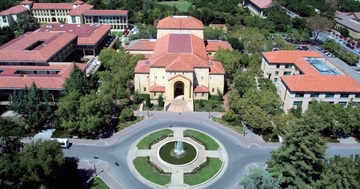
It happened about 20 years ago, around 2000, I think. Bill Gates, the founder of Microsoft, was visiting the office of my older brother (Masayoshi Son, the president of the Softbank Group).They were leaving to have dinner at my brother’s guest house. I just happened to be in the building and ran into them by the elevator.
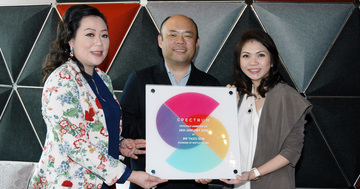
95 men and women took part in living in the old closed down school in Minamifurano, Hokkaido. On the last day, there were even people who cried and said they didn’t want to go home. What on earth was it about this style of life that had fascinated us so?
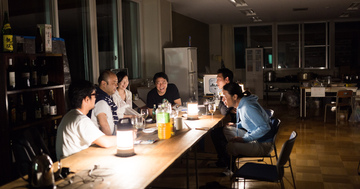
Someone trying to live a normal life needs relatively easy access to a variety of facilities: schools, companies, government offices, banks… Up to now, living near such places has been very beneficial for us.However, as I discussed last time, that situation is changing drastically as technology evolves.

Last time, I spoke about spending time in both “your home base and the field,” and the importance of this as it relates to solving problems. Of course, the subject of “where things come from and where they’re put to use” is nothing new. This is evident even when looking at the actions of historical figures.

Leading up to this last installment, I said that the next era of management would involve creating neither business plans nor schedules. Even so, you are likely left wondering how on earth managers should manage their companies. Cutting right to the conclusion, the answer is that they should not.

“You don’t need a business plan to manage an organization. I also don’t look at business plans when I’m considering whether or not to invest.” That is something I often say, so of course, people ask, “Then what do you look at?”

At VIVISTOP, located in Kashiwanoha in Chiba Prefecture, many children, mostly of elementary school age, immerse themselves in creative activities every day.Among them is a pair of sisters who are creating stop-motion animation. They make models of dolls and houses, position them, and take photos with their smartphones until they have a finished work in which the dolls seem to be moving.

In August 2017, a robot contest was held in Kashiwanoha, Chiba. The contest saw the competitors’ robots battle it out in five-minute matches to see which one could gather the most balls, which were set on a square stage measuring about 1.8 by 1.8 meters.
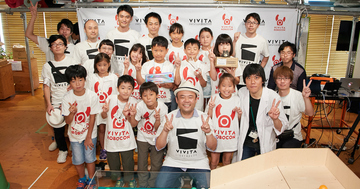
On September 19th of this year, the entrepreneurs’ festival “Slush Singapore” was held in Singapore. Keller Rinaudo of the American company Zipline, which uses drones to deliver emergency medical supplies, sat down for a conversation with Taizo Son. Here is how it went.
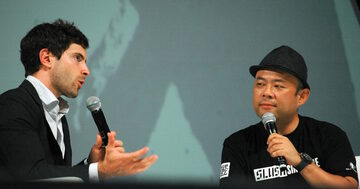
“Let’s all take on the challenge of creating a new business, without fear of failure!” Is this the sort of line you hear from the president at your company’s morning pep talks and meetings?

Last time I talked about how using blockchain technology to circulate local currency could lead to the revitalization of a regional economy.The main point of blockchain technology is that it makes alterations almost impossible. That is why we can now prove the truth of things we only just sort of believed before. In the sense of being able to prove amazing things, there is still a lot we can do with blockchains.
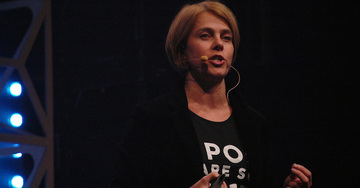
I spoke last time on how the Edo period was the precursor to the sharing economy of today. Eras seeming to cycle around again is something that often occurs in the world. Certainly, when seen from above, things seem to be circling around the same point, but when looked at from the side, they are actually spiraling upwards, taking us to a higher point each time. When I place myself in the world of technology, there are certainly times when I have felt that way.

In the previous two installments, I discussed how the development of artificial intelligence (AI) will shorten the work day to 3 or 4 hours. Since the work day will become shorter, more people will probably worry about how they should spend their lives, thinking they will have more free time than they know what to do with.

Now that the age of artificial intelligence (AI) is coming, AI will begin to steal our jobs and reduce our income. How, then, could we bring down household expenses? That is what I want to talk about this time.
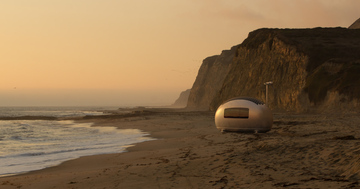
Over the last several years, there has been active debate on the subject of artificial intelligence (AI) and robots taking jobs from humans. Some experts claim that this might take 70-80% of existing jobs.

These days, I am beginning to wonder if the very term “talent training” is antiquated. What spurred my thinking on this was Movida Japan’s program to train and foster entrepreneurship.
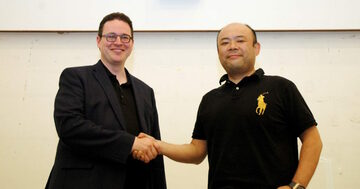
Here’s a young man who may just become the next big star like Facebook founder Mark Zuckerberg. Keller Rinaudo is just thirty years old.After graduating from Harvard University, Keller founded Zipline in the US in 2011.

In the Dragon Ball comic books, there was an item called the “Flying Nimbus” that was a cloud the characters rode on. This fantasy vehicle let a single passenger ride through the skies. Kuniaki Sato, aged 28, is the president of Cocoa Motors. He wanted to make the Flying Nimbus a reality, and he all but has.
